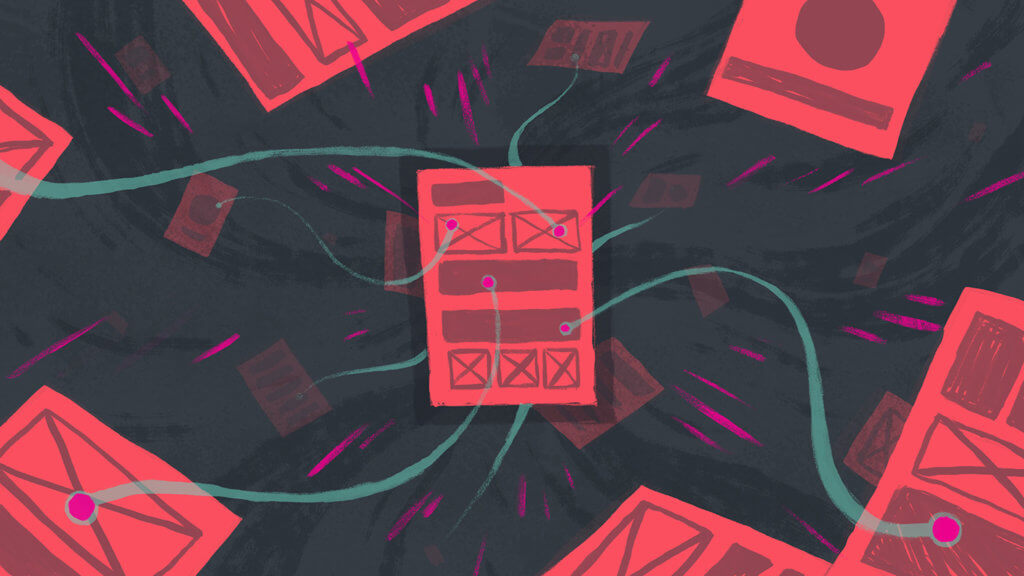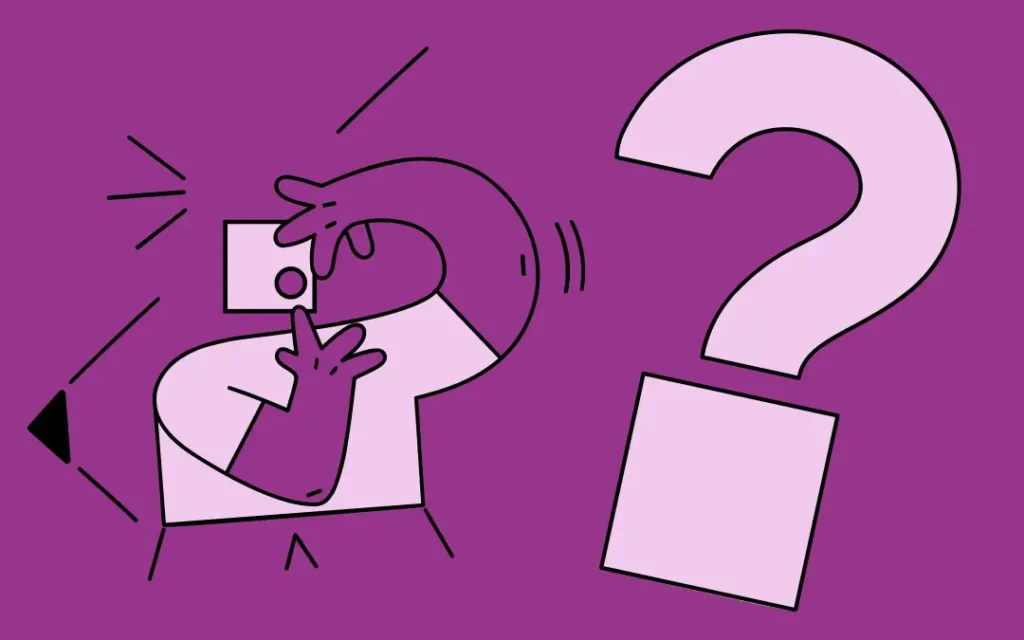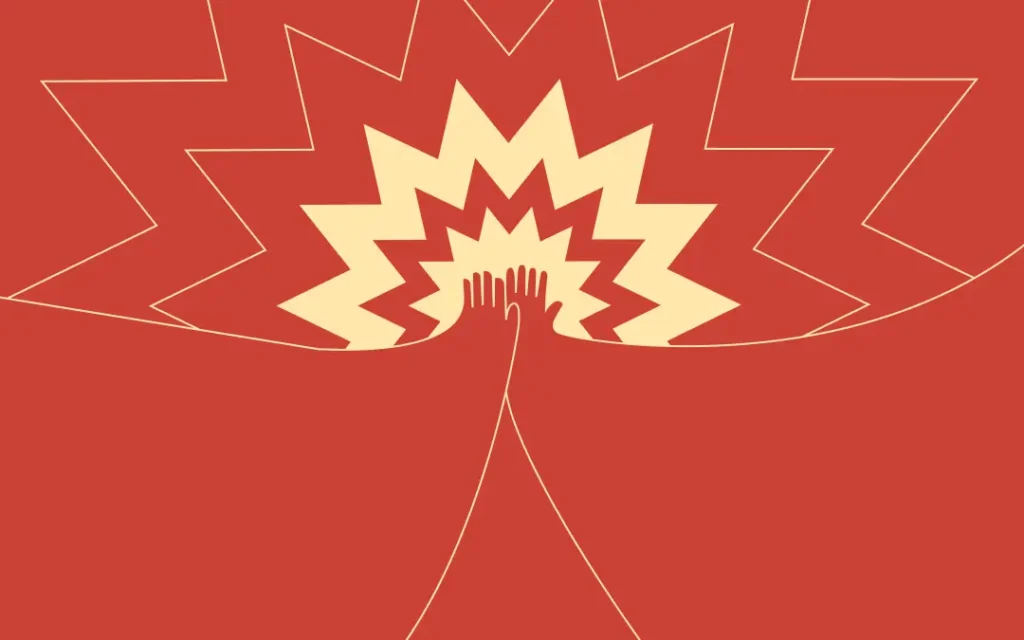Looking to Design Better Brand Experiences? Consider the Potential of Experience Design
Looking to Design Better Brand Experiences? Consider the Potential of Experience Design

Big Challenges in Branding
As a brand strategy and design agency, we’re deeply immersed with what’s happening in the brand world. Sometimes, we are so focused on building the best solutions for our clients that we have to remind ourselves to take a step back and assess the big-picture challenges facing brands today.
Emotive Brand, did just this and attended the Design Gurus Summit and the Digital Design & Web Innovation Summit in San Francisco. Four days, many talks, panels, and iPad notes later, here’s what David learned:
Nailing experience design is what may make or break a brand moving forward. Read what it is, why it matters, and how to get it right today.
Experience Design Defined for Today
It’s clear that experience design has evolved. Historically, experience design was all about building a single, compelling experience. It was focused and neat.
Now, experience design is evolving into a way of thinking. Using brand as a compass, experience design can identify and build experiences around differentiated value. This way of thinking considers how all products, services, solutions, and people play a role in delivering that value over time.
Every stage of the customer journey becomes an opportunity to provide further meaning to customers. Complementing innovation, this framework can help brands explore where to push beyond the traditional guardrails. Bringing in the challenge of time, it considers the implications and interdependencies of all touchpoints at all moments.
Why Experience Design Matters: Customers Taking the Driver’s Seat
Brands today are complex eco-systems. What we think of as the original customer journey (something linear, trackable, and controllable) is harder and harder to pin down. Customers are taking greater control of the brand experiences they want to drive and how and when they want to drive them. This means that brands that fail to deliver the ultimate experience at every point will be left by the wayside.
“From social ads to clothing labels to the welcome screen in your car, we are engaging with more brands than we can even keep track of,” notes David.
“But no matter where we choose to engage, we all want the same thing – a good experience. This changes the game for companies who must design for every moment, every scenario, every interaction, possibility, and new relevant channel to compete.”
So How Do You Nail Experience Design Today?
As that ultimate brand experience becomes more important to customers, so does nailing experience design for businesses looking to compete.
1. Join Forces with Brand Strategy
It’s critical that experience design be informed by brand. Having a clear, differentiated, relevant brand is what is going to bring every brand touchpoint together into one cohesive, emotive, and meaningful brand experience.
Without a clear idea of your positioning, how you want to make people feel, and what differentiated value you offer, you can’t begin to design the right overall experience for your customers. Leveraging your brand strategy to keep you on course can help your whole experience flex to customer’s needs while still staying true to the heart of what makes you different.
2. Organize Your Brand for the Experience You Want to Build
Often, companies aren’t structured to consider the whole experience and this is a problem. Design isn’t talking to marketing and marketing isn’t talking to HR and HR isn’t talking to customer service and sales isn’t brought to the strategy table…Everyone’s living within their silos, on their floors, and no one’s talking.
Businesses are structured like disparate pyramids while customers are operating like villages. It’s not neat or siloed. It’s messy, chaotic, and people are entering and exiting all over the place. Everything is in flux and organizations must be able to ebb and flow accordingly.
As new digital channels pop up and old channels shift, businesses will have to become more agile, more flexible, and more able to see the big picture at play – breaking down walls and bringing everyone around one table to assert the question: what experience do we want to design? And how can we design it together?
Designed for Benefits
Reconsidering the importance of experience design today means reaping the benefits for your business. Higher loyalty, more meaningful engagement, greater relevance – that’s what positive experiences build.
“I think smart organizations might reconsider its power. I am,” says David.
“Businesses that nail experience design will be the ones that learn to navigate the most efficient course, keep their passengers the happiest, build engines faster, all while keeping the plane in the air. That’s the potential, and it’s big.”
Emotive Brand is a brand strategy and design agency.






